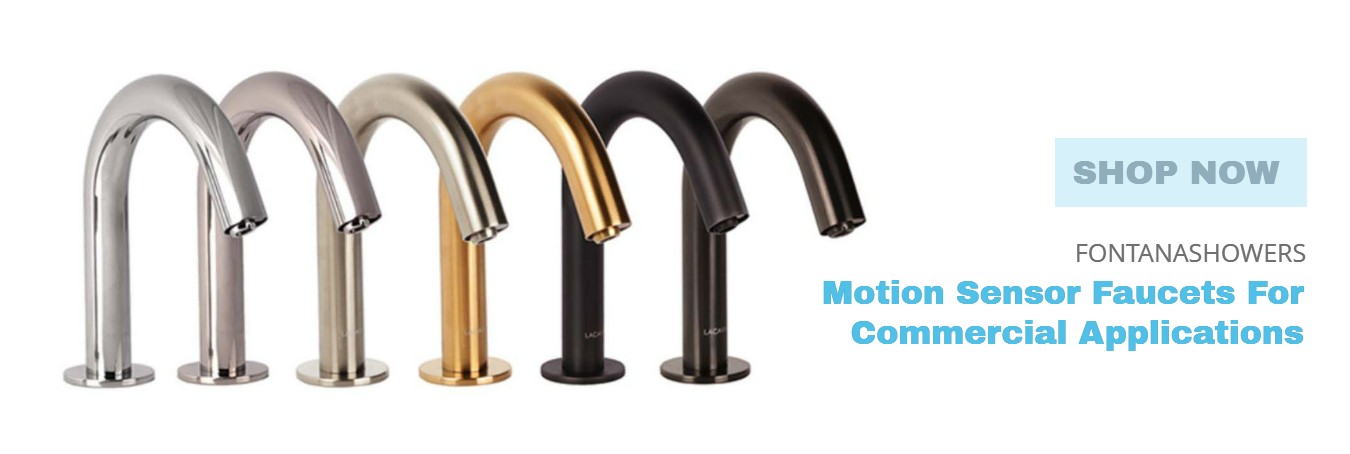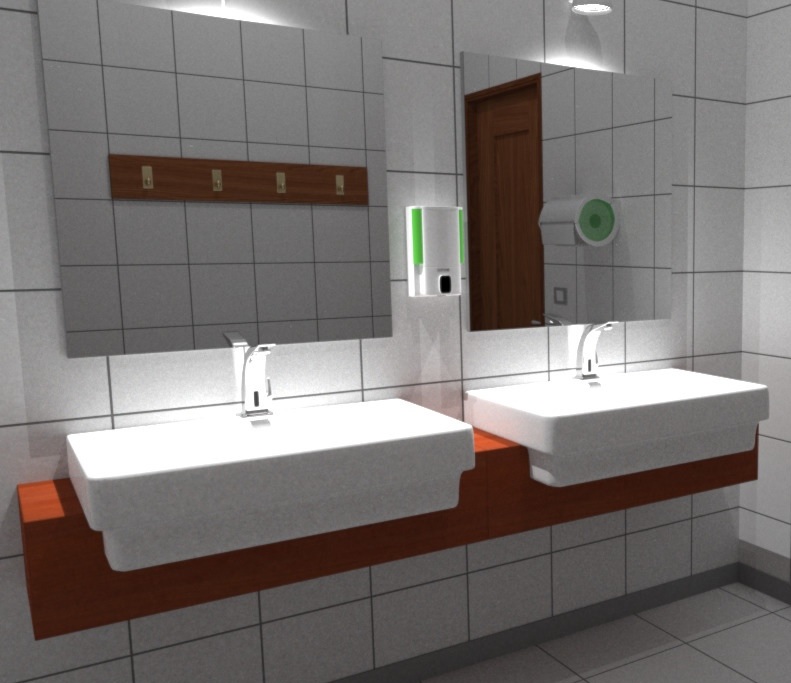.jpg)
Commercial Motion detection Faucets & ValvesNot only are touchless bathroom faucets, saves water, and easier to clean, but they most important prevent cross-contamination. What are the different type of motion sensor Faucet valves? All plumbing fixtures use valves. Valves, are mechanisms that take the place of valves, they maintain water-tight seal inside your bathroom faucet and regulate the flow and temperature of water. Knowing how bathroom faucet valves function will help you make a better purchase and understand how to make basic faucet repairs.
Faucet valves: Bath faucets use valves of different designs to control water flow and temperature. Each design has its own benefits:
The Compression valve: These valves open and close by screwing a cylinder onto a rubber washer to create a watertight seal. Washers wear out over the years, causing leaks, but can be easily replaced.
The Ball valve: A ball valve uses a spherical disc with a hole in the middle to block water, turning to allow it to pass. They rarely leak and have few moving parts.
The Cartridge: The valve is replaced by a cartridge, which can be removed and replaced. The cartridge operates to open and close the water path.
The Ceramic disc valve: These valves slide ceramic discs over one another to open and close water paths. They are extremely durable and resistant to corrosion.
Installation: Installing a new bathroom faucet is a relatively simple task, assuming you don't have custom plumbing fixtures to consider. Basically, you'll be disconnecting the water supply lines, disconnecting the old bathroom faucet from the sink and drain assembly, and then attaching the new faucet in place.

Repairing Faucet Valve
Washer-type Tabs work with a rubber or composition washer that closes onto a metal washer seat.. The washer can become hardened, worn or the seat wears, causing the faucet to leak. You can close the faucet tighter to stop the leaking temporarily, but this increases the internal damage to the faucet.
To repair the leak, first turn off the water. Take the faucet apart
Examine the stem. If the threads are badly corroded or worn, get a new stem to match, look at the washer, If the washer is worn, replace it-this should stop any dripping.
The washer seat is located inside the faucet body. To determine if the washer seat is causing the leak you can check the tab body with a flashlight to see if it has any hole through its center if so, it is replaceable.
If you have the seat and washer service, your faucet should be like new. Put the parts back together in the reverse order of taking them apart.

|
|
|